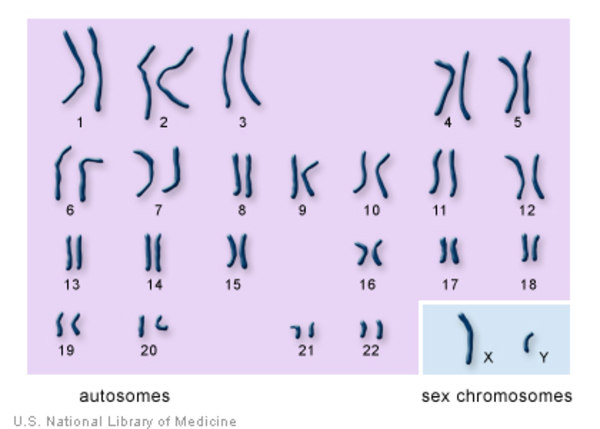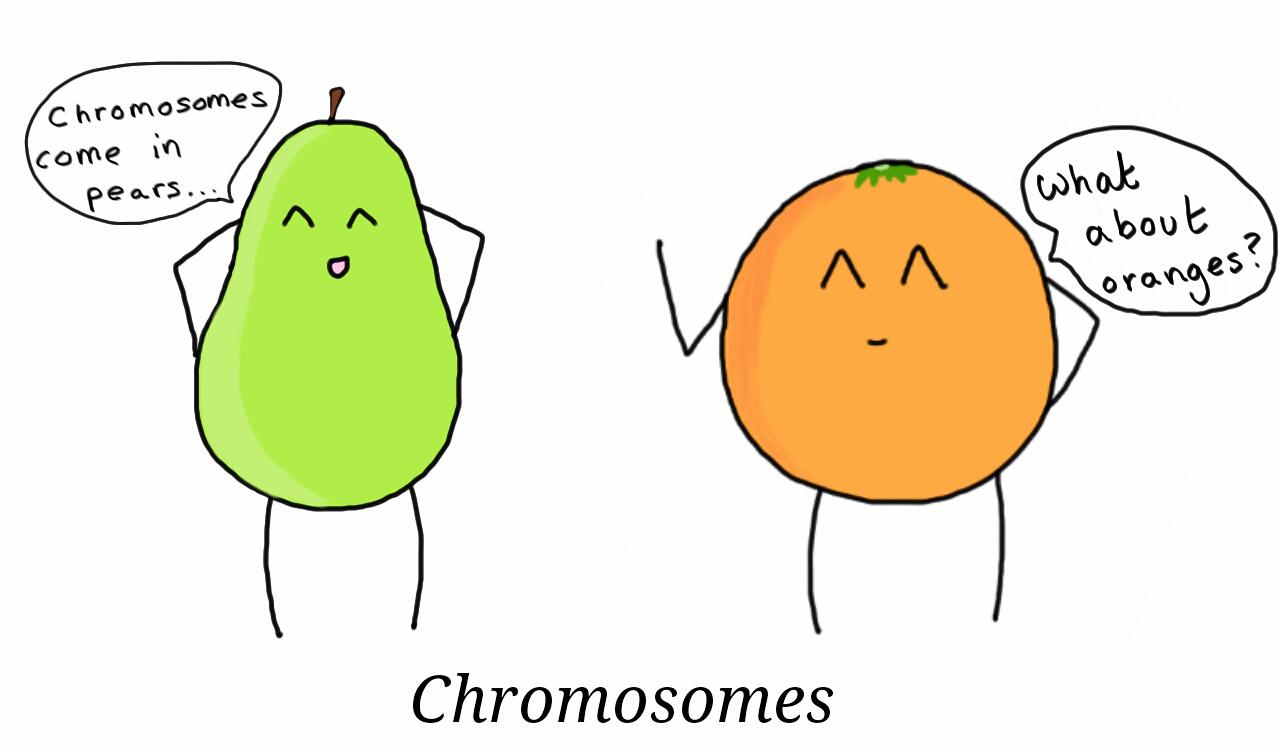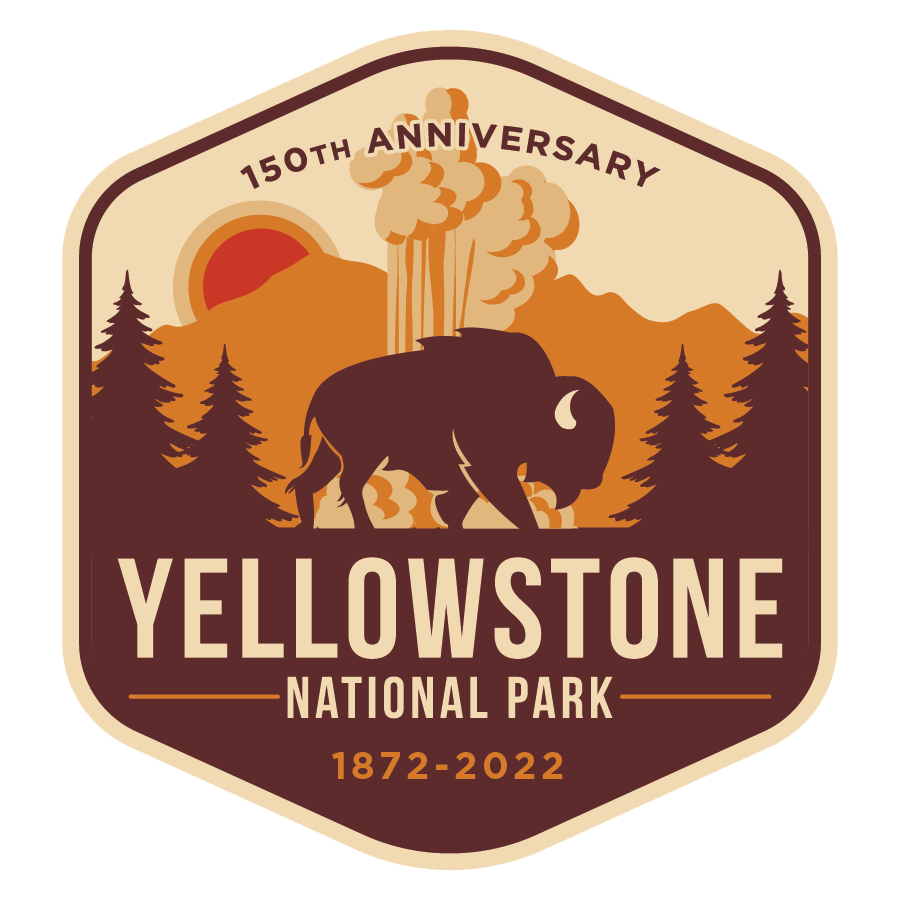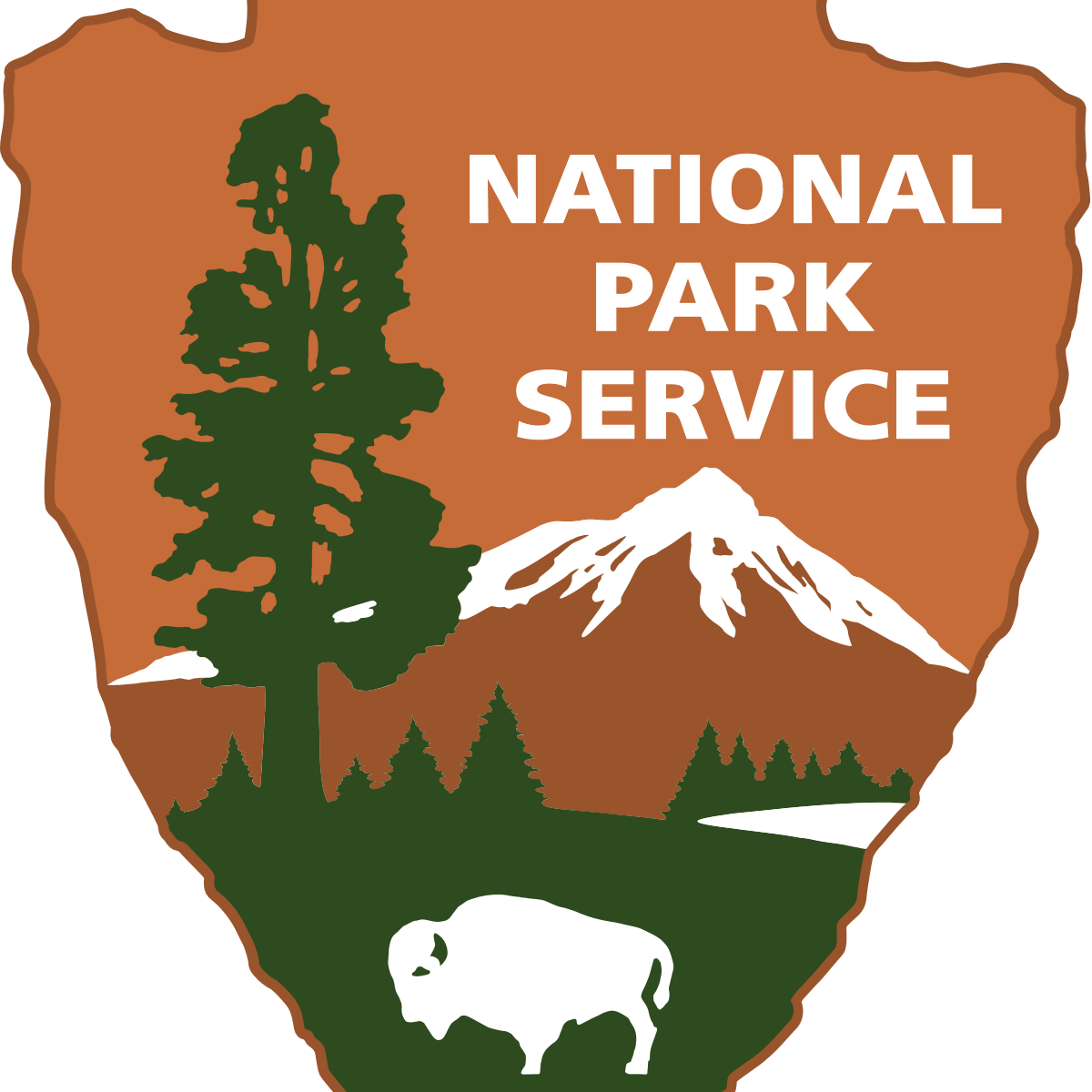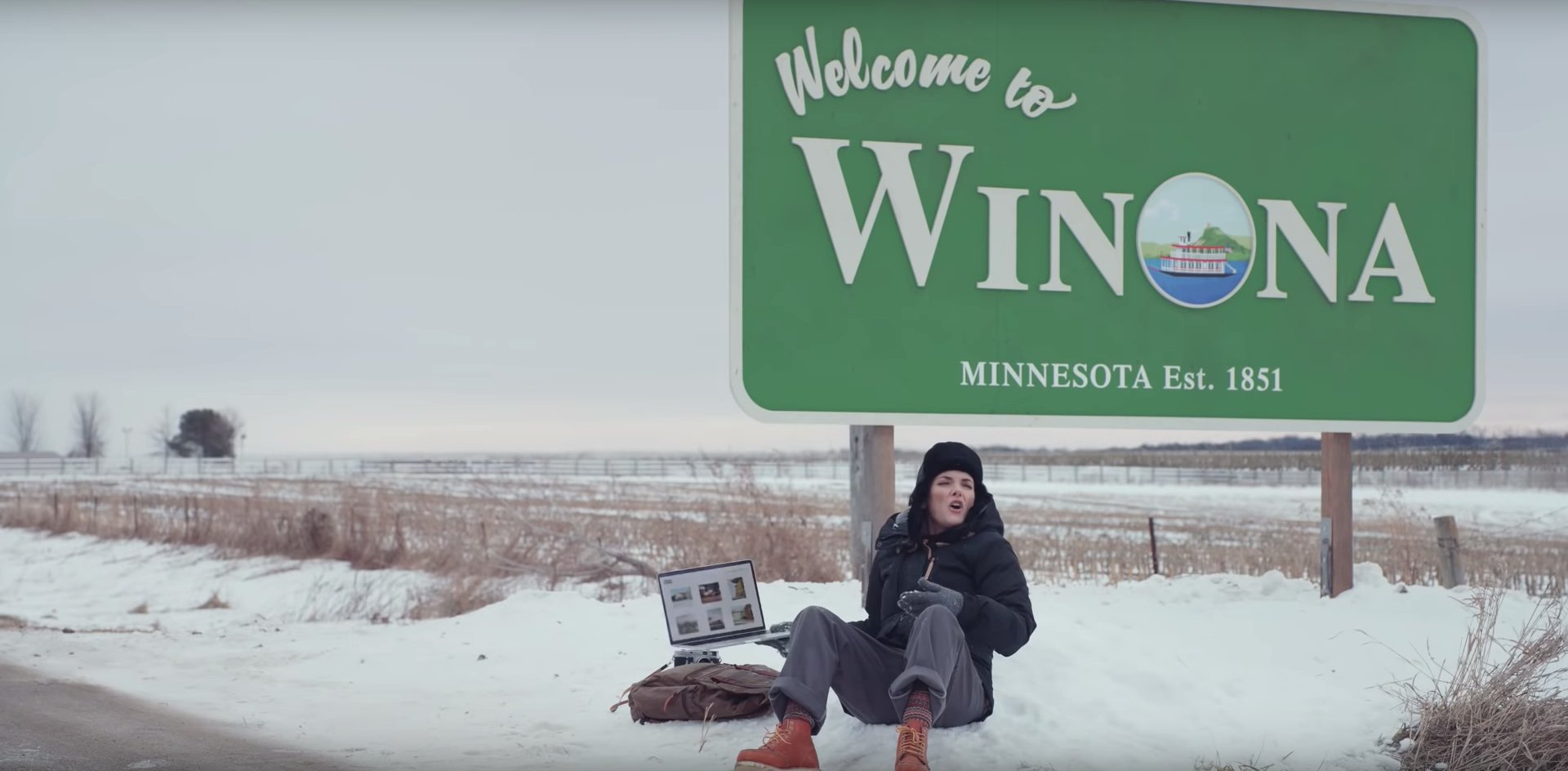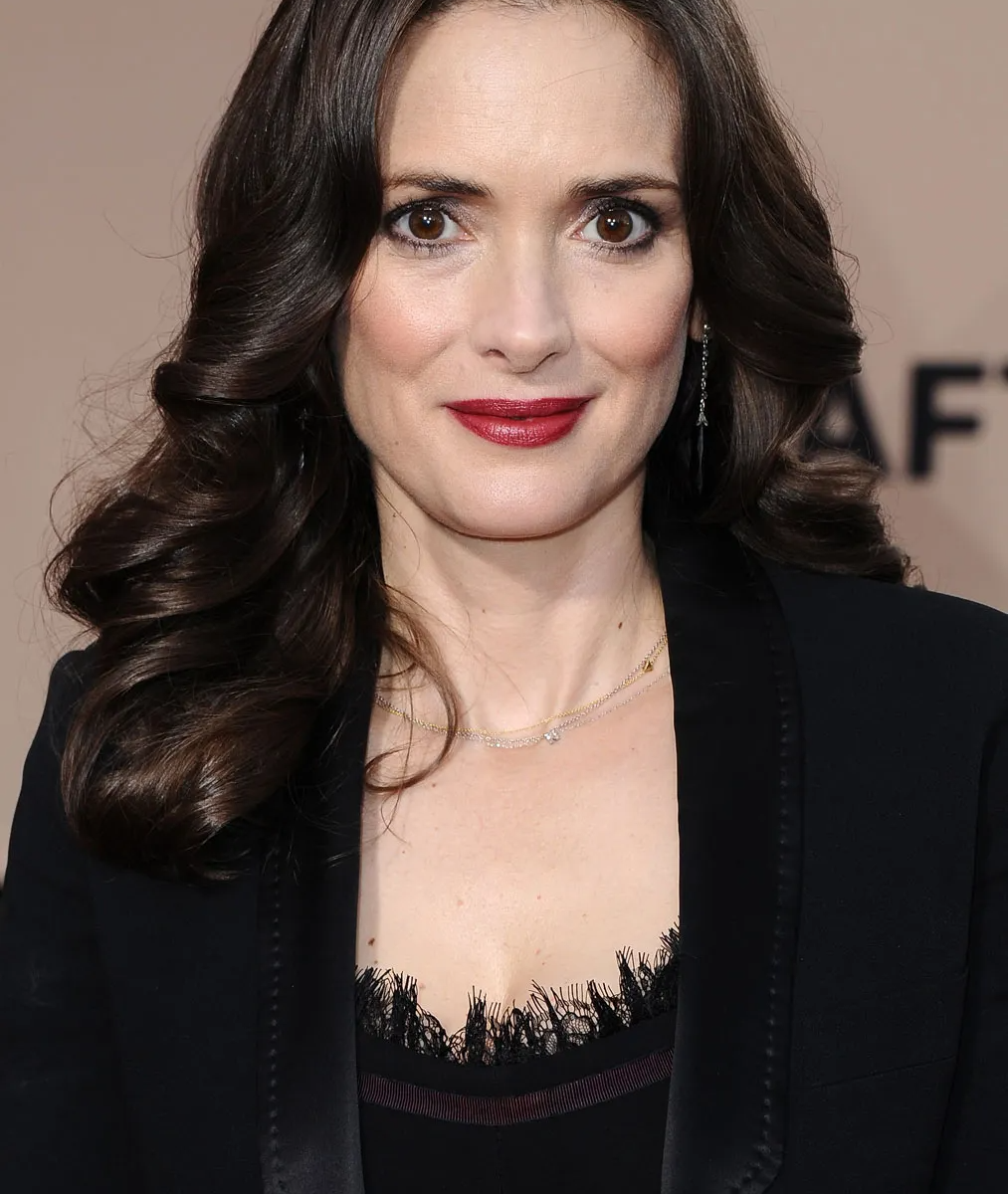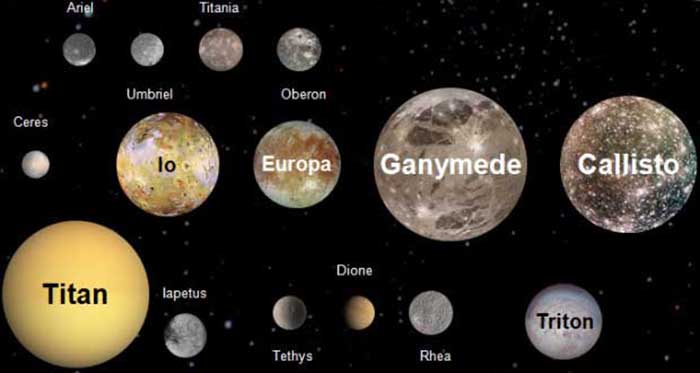Neptune has 14 known moons, with Triton, the largest, discovered on October 10, 1846, by William Lassell – 17 days after Johann Gottfried Galle discovered the planet itself. Triton is the only large moon in the solar system that circles its planet in a direction opposite to the planet’s rotation and scientists speculate that it might have once been an independent object that was captured by Neptune’s gravitational pull.
Because Neptune was named for the Roman god of the sea, its moons are named for various lesser Greek mythological sea gods and nymphs and for those astronomer wanna-be’s out there, from closest to farthest away from the planet, they are: Naiad, Thalassa, Despina, Galatea, Larissa, Hippocamp, Proteus, Triton, Nereid, Halimede, Sao, Laomedeia, Psamathe, and Neso.



